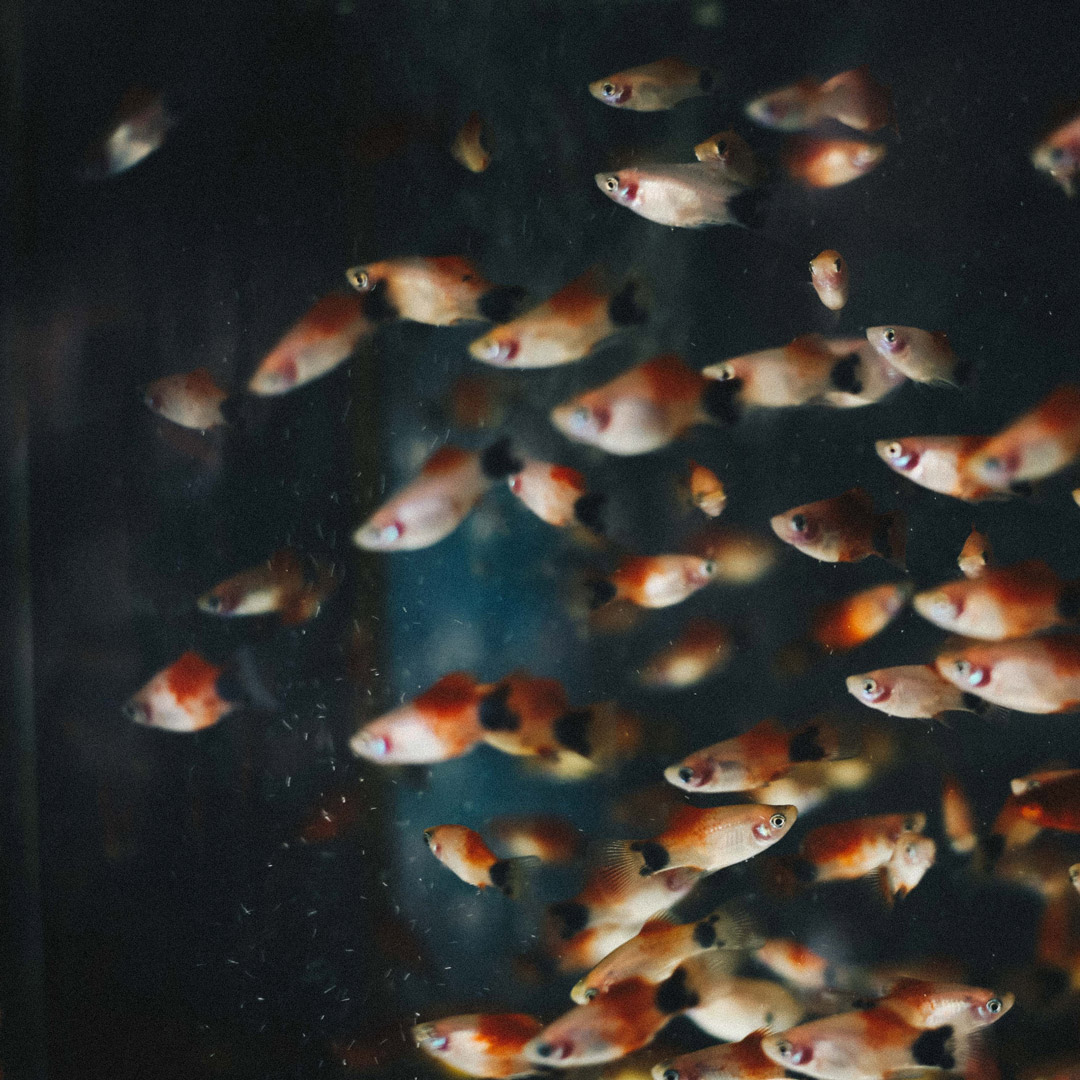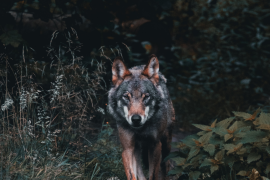IT’S ANOTHER NIGHT AT THE PET STORE and I’m stocking the shelves with cat food when the new girl taps on my shoulder. She’s about half my height and is probably less than a hundred pounds. If she were a dog, I’d recommend a high protein diet, beef or lamb, and maybe nutrient paste for muscle mass. It’s her third or fourth shift, but the other employees already decided we don’t like her. I don’t remember her name, so I look below her shirt collar. There, a fresh label on a new yellow tag reads: Joy.
We’re inside the cat aisle, between a wall of colorful cans in front and stacks of bags behind. She plants her feet square in front of me, puts her hands on her hips, and leans in. She’s pretty in a young sort of way, and I can tell she’s nervous by the way she avoids my eyes. I hold a gaggle of expired cans to my chest. Since she’d pulled me from a strenuous assignment, I’m not looking at her with friendly eyes.
“There’s a dead hamster in the cage.”
I put the expired food in the basket next to my feet. “Okay, get it out.”
She turns and looks toward the cages. It doesn’t surprise me no one told her what to do with the dead animals. I heard from someone in another location who is friends with our district manager that Larry, our manager, is about to be fired. I don’t know if he knows, but he hasn’t really done much to help us in a long time. Training has become a tribal responsibility, shared between all of us who aren’t paid the wage.
Joy nods and turns the corner, and I’m back to my task. Every two weeks, I reorganize the wet food to ensure nothing has expired and make the shelf more visual. Once I toss the expired cans, I organize the shelves by life stage—kitten, juvenile, adult, senior—and then by color, in rainbow order, from lightest to darkest. Sometimes, they want certain flavors featured, like chicken or turkey, which makes it harder. I start with kitten, and stack it like this: chicken with tuna, light red; original chicken, red, chicken and beef, dark red; no orange flavors in kitten, skip to yellow; no yellow, either; turkey, green; turkey and giblets, green (and for some reason purple); tuna, light blue; tuna with cod, blue.
Once I toss the expired cans, I organize the shelves by life stage—kitten, juvenile, adult, senior
I have a stack of four in my hand when Joy comes back, the dead hamster in a plastic bag. She holds it up to me, her face twisted. I set my cans down on an empty space in the shelf next to me, set the caution sign on the floor where I stand, and motion for her to follow. In the backroom, I take the bag from her, briefly glancing inside. The little guy died in his sleep, probably from wet tail or something genetic. He was hunched over, eyes shut, front teeth over bottom lip, little tracks of dried saliva streaked across his face. We have a fridge/freezer, same as you’d see in any home, where we keep our lunches, drinks, and the mealworms we feed the reptiles. I open the freezer and place the hamster inside, between a bunny and a Lean Cuisine, and shut it.
Joy is horrified.
“You’ll get used to it,” I tell her. I make for our break table and grab the water I forgot I bought, take a sip. “We put the animals and reptiles here, and the fish you can pretty much just flush down the toilet. The big ones, if you have a koi or a goby, can go in the trash. Outside.”
She nods. “What do we do with them?”
I put my water back on the table and shrug. “Send them back.”
I look at her face, remembering when Larry told me about the freezer during my initial interview. He flashed me a salesman’s smile, clicked his pen, and moved onto the next question. I sat there, staring at the form on which he paraphrased my answers, looking at the corner of the page which mashed against his beer belly, disturbed.
Working here changed me. Once, I saw one king-snake devour another within seconds of being introduced. I’ve opened our bins of feeders to the awful smell of decay, finding decapitated, blood-smeared rats gnawing on each other.
I leave Joy in the back to decide whether $9 an hour is worth it.
We had a mother hamster that swallowed her squalling pups because someone touched them, and fish that have hopped their tanks while we slept, our mornings spent scraping their dry corpses from the floor. I choked a guinea pig once with a syringe of cherry bactrim and cried quietly in the back when I put him in the freezer.
I leave Joy in the back to decide whether $9 an hour is worth it. Before sticking my nose back into the shelves, pretending I’m elsewhere, I see Larry at the front counter. I’m jealous that he’ll soon pull out of our lot for the last time, humiliated yet liberated. Starting a new row of stacking, Joy passes me by on her way to cages. She sticks her hand in with the hamsters, stroking one on the head with her index finger. When she looks at me, I don’t see her. Instead, staring back at me is another frosted, furry face stretched against cold polyethylene.
Matthew Sievers graduated with a BA in creative writing from the University of South Florida. His work has appeared in Typehouse Magazine, Bridge Eight, and more. He is the author of the novel Just Off the Path, and he is currently seeking representation for his second. He lives in New York City.
Like what you’re reading? Get new stories sent to your inbox every Monday.
Drop your email below to start >>>




